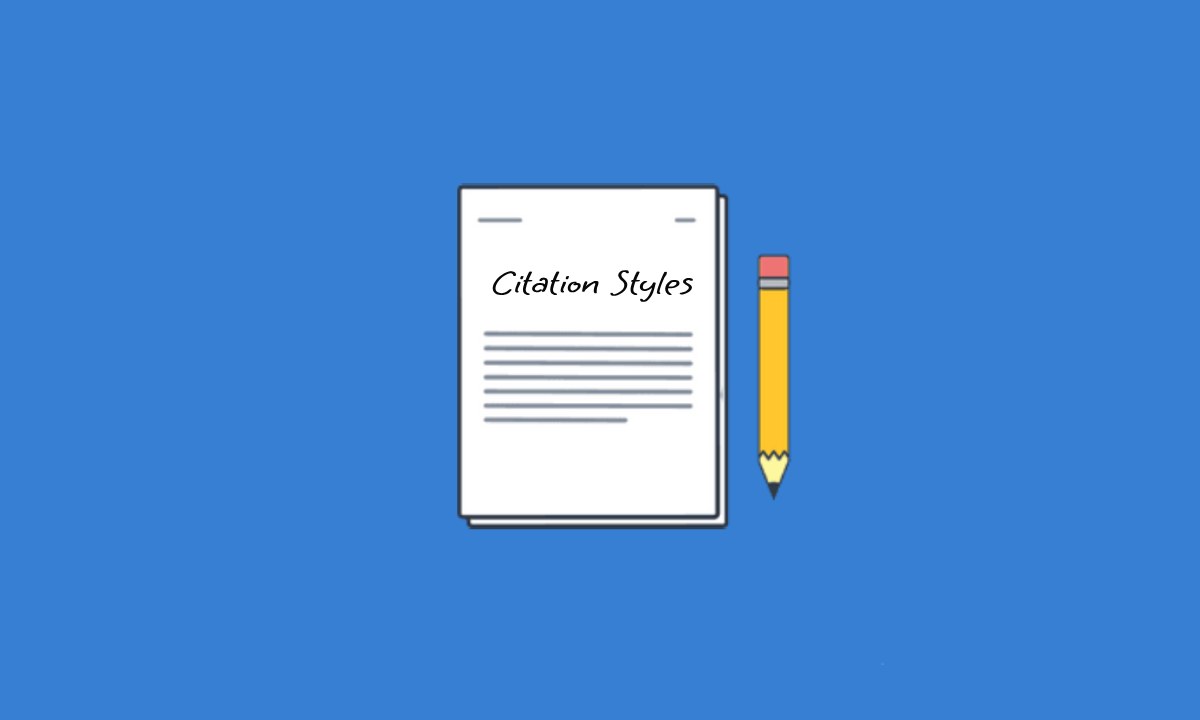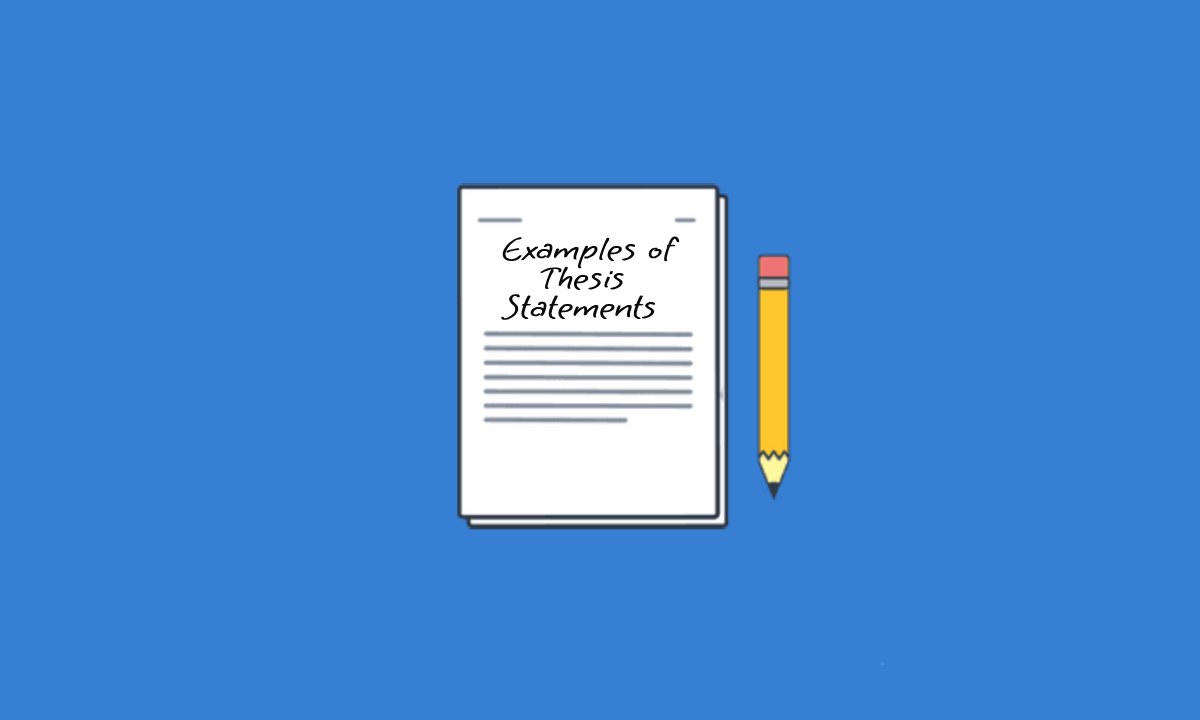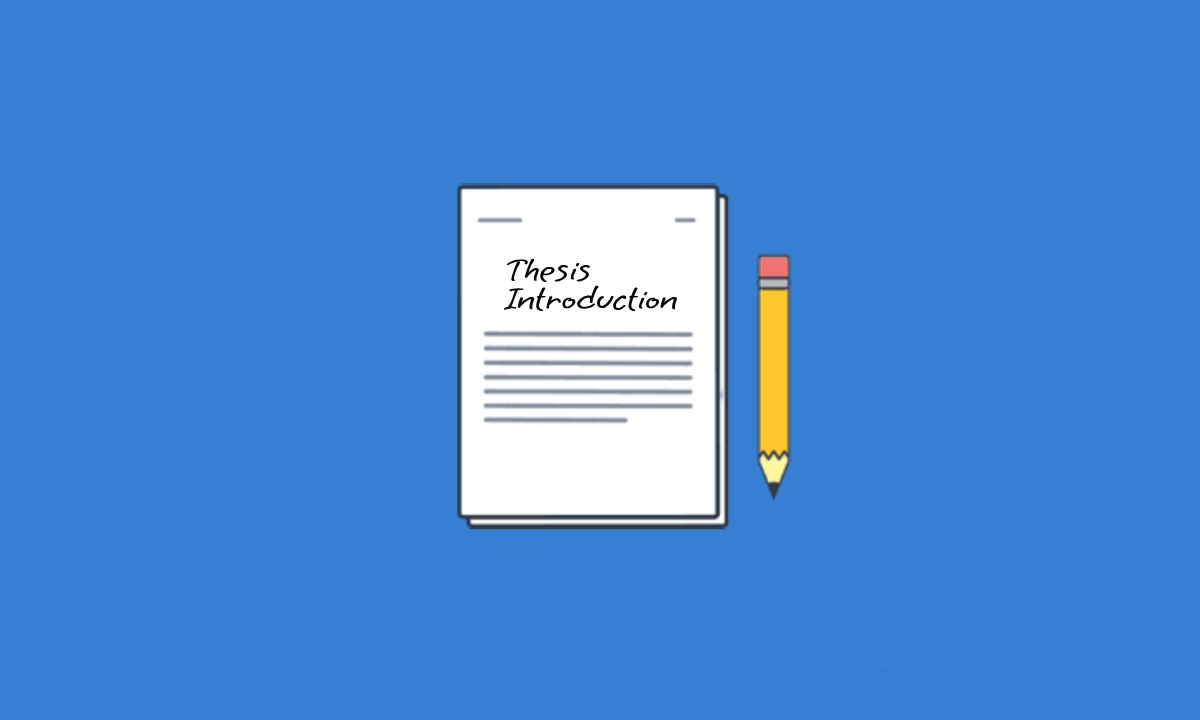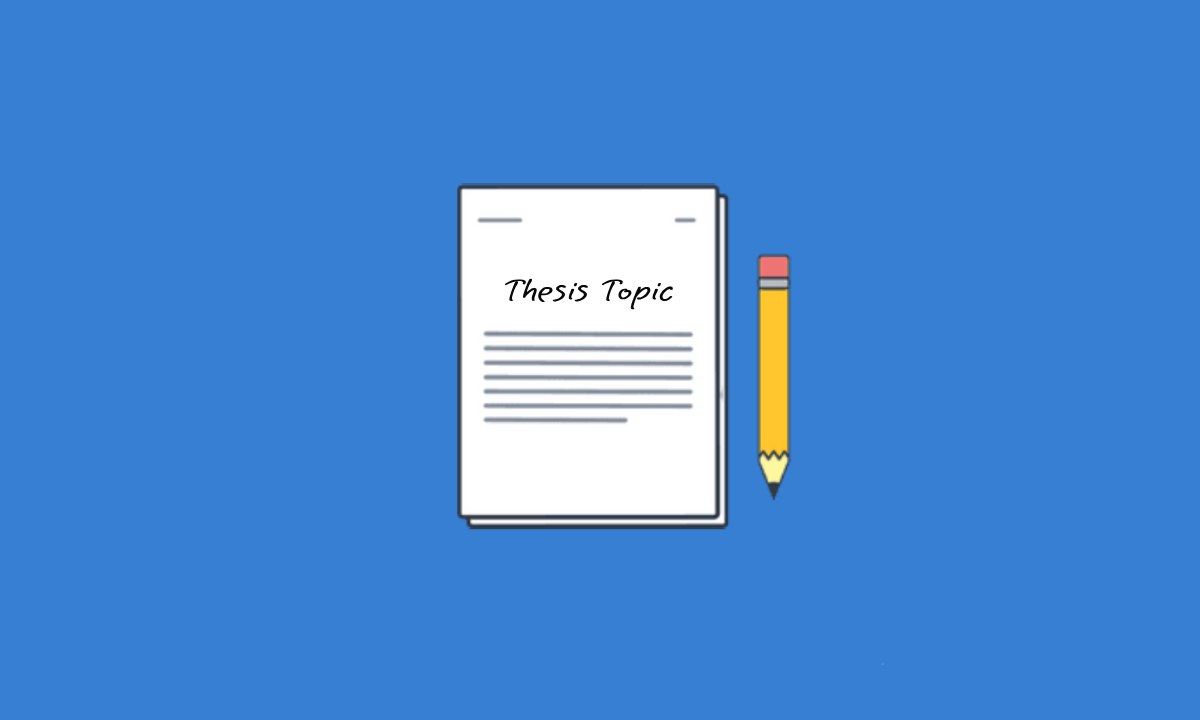What is Citation?
In academia and research, a citation is a reference to a source of information used in the creation of a piece of work, such as a research paper, article, book, or presentation. Citations typically include information like the author’s name, the title of the work, the publication date, and other details depending on the citation style being used.
Citation Styles
There are several citation styles commonly used in academic and scholarly writing. Each style has its own rules and guidelines for formatting citations. Here are 5 of the most widely used citation styles:
APA Style (American Psychological Association):
- Widely used in the social sciences, including psychology, education, sociology, and business.
- Emphasizes author-date citation format.
- Includes in-text citations and a corresponding reference list at the end of the document.
- Provides guidelines for citing various types of sources, including books, journal articles, websites, and more.
MLA Style (Modern Language Association):
- Commonly used in the humanities, including literature, language studies, and cultural studies.
- Emphasizes author-page citation format.
- Includes in-text citations and a corresponding Works Cited page at the end of the document.
- Provides guidelines for citing various types of sources, including books, journal articles, websites, and more.
Chicago Style:
- Two main variations: Notes and Bibliography (commonly used in humanities) and Author-Date (commonly used in social sciences and sciences).
- Allows for either footnotes or endnotes for in-text citations.
- Includes a bibliography or reference list at the end of the document.
- Provides guidelines for citing various types of sources, including books, journal articles, websites, and more.
Harvard Style:
- Used in various disciplines, including natural and social sciences, as well as humanities.
- Emphasizes author-date citation format.
- Includes in-text citations and a corresponding reference list at the end of the document.
- Provides guidelines for citing various types of sources, including books, journal articles, websites, and more.
IEEE Style (Institute of Electrical and Electronics Engineers):
- Commonly used in engineering, computer science, and related fields.
- Emphasizes numerical citation format.
- Includes bracketed numerical citations within the text and a corresponding numbered list of references at the end of the document.
- Provides guidelines for citing various types of sources, including books, journal articles, conference papers, and technical reports.
Citation Examples:
Below are examples of citations in APA, MLA, and Chicago citation styles for different types of sources:
Book Citation APA Style:
AuthorLastName, A. A. (Year of publication). Title of book. Publisher.Example: Smith, J. (2010). The Power of Habit: Why We Do What We Do in Life and Business. Random House.
Book Citation MLA Style:
AuthorLastName, AuthorFirstName. Title of Book. Publisher, Year of Publication.Example: Smith, John. The Power of Habit: Why We Do What We Do in Life and Business. Random House, 2010.
Book Citation Chicago Style:
AuthorLastName, AuthorFirstName. Title of Book. Publisher, Year of Publication.Example: Smith, John. The Power of Habit: Why We Do What We Do in Life and Business. Random House, 2010.
Journal Article Citation APA Style:
AuthorLastName, A. A., & AuthorLastName, B. B. (Year of publication). Title of article. Title of Periodical, volume number(issue number), page range. DOI or URLExample: Johnson, L. M., & Williams, R. S. (2018). The effects of mindfulness meditation on stress levels. Journal of Health Psychology, 27(4), 451-465. https://doi.org/10.1177/1359105317716676
Journal Article Citation MLA Style:
AuthorLastName, AuthorFirstName. “Title of Article.” Title of Journal, vol. Volume Number, no. Issue Number, Year of Publication, page range.Example: Johnson, Linda M. “The Effects of Mindfulness Meditation on Stress Levels.” Journal of Health Psychology, vol. 27, no. 4, 2018, pp. 451-465.
Journal Article Citation Chicago Style:
AuthorLastName, AuthorFirstName. “Title of Article.” Title of Journal volume number, no. issue number (Year of publication): page range.Example: Johnson, Linda M. “The Effects of Mindfulness Meditation on Stress Levels.” Journal of Health Psychology 27, no. 4 (2018): 451-465.
Website Citation APA Style:
AuthorLastName, A. A. (Year, Month Day of publication). Title of webpage. Website Name. URLExample: American Psychological Association. (2020, August 3). APA Style. https://apastyle.apa.org/
Website Citation MLA Style:
AuthorLastName, AuthorFirstName. “Title of Webpage.” Title of Website, Publisher or Sponsor, publication date, URL.Example: American Psychological Association. “APA Style.” APA Style, American Psychological Association, 2020, https://apastyle.apa.org/.
Website Citation Chicago Style:
AuthorLastName, AuthorFirstName. “Title of Webpage.” Title of Website. Publication Date. URL.Example: American Psychological Association. “APA Style.” APA Style. August 3, 2020. https://apastyle.apa.org/.
These examples illustrate how citations are formatted differently according to the rules of each citation style. Remember to adapt the format based on the specific requirements of your assignment or publication.
Citation Types:
Citations can take various forms depending on the source being cited and the citation style being used. Here are some common types of citations:
Book Citations:
Citations for books typically include the author(s) or editor(s), the title of the book, the publication date, the publisher, and sometimes the edition and volume number.
Journal Article Citations:
Citations for journal articles usually include the author(s) of the article, the title of the article, the title of the journal, the volume and issue number, the page numbers, and the publication date.
Website Citations: Citations for websites often include the author(s) (if available), the title of the webpage or article, the URL, and the publication date or date of access.
Newspaper and Magazine Article Citations:
Citations for newspaper and magazine articles typically include the author(s) of the article, the title of the article, the title of the newspaper or magazine, the publication date, and the page numbers.
Conference Paper Citations:
Citations for conference papers usually include the author(s) of the paper, the title of the paper, the title of the conference, the date and location of the conference, and sometimes the page numbers.
Thesis and Dissertation Citations:
Citations for theses and dissertations generally include the author’s name, the title of the work, the type of document (e.g., PhD dissertation, master’s thesis), the university, and the year.
Citation Format:
The format of a citation can vary depending on the citation style being used (e.g., APA, MLA, Chicago, Harvard). Each citation style has its own guidelines for how to format citations for different types of sources. Here’s a general overview of how citations are typically formatted, though specifics may vary:
Author(s): The names of the author(s) or creator(s) of the work being cited are usually listed first. The format for author names can vary (e.g., first name, last name; last name, first name).
Title: The title of the work being cited (e.g., book title, article title, webpage title) is usually italicized or placed in quotation marks, depending on the citation style.
Publication Information: This includes details such as the publisher’s name, the publication date, the journal name, volume and issue numbers, page numbers, URL for online sources, etc.
Date: For many types of sources, the publication date is included in the citation. This may include the year, month, and day of publication, depending on the citation style.
Edition or Volume: For books and other multi-volume works, the edition number or volume number may be included.
Page Numbers: For sources with pagination (e.g., books, journal articles), page numbers indicating the specific location of the information being cited are often included.
Access Date (for online sources): For online sources, especially websites, it’s common to include the date when you accessed the information, particularly if the content is subject to change.
The specific order and formatting of these elements can vary depending on the citation style. It’s important to consult the appropriate style guide for the citation style required by your instructor, publisher, or organization. Following the correct citation format ensures consistency and accuracy in your references.
Purpose of Citation:
Citations serve several important purposes in academic and scholarly writing:
Acknowledging Sources:
Citations give credit to the original authors and creators of ideas, research, and information that have been used in a new work. This practice acknowledges the intellectual contributions of others and demonstrates respect for their work.
Providing Evidence and Supporting Claims:
Citations allow readers to verify the information presented in a work by referring to the original sources. They provide evidence to support the claims, arguments, and findings made by the author.
Avoiding Plagiarism:
Proper citation practices help writers avoid plagiarism by clearly distinguishing their own ideas from those of others. Plagiarism is the act of presenting someone else’s work, ideas, or words as one’s own without proper acknowledgment, and it is considered unethical and academically dishonest.
Establishing Credibility and Authority:
By citing reputable sources, authors enhance the credibility and authority of their own work. Referencing established research and scholarship demonstrates that the author’s arguments are grounded in existing knowledge and have a solid foundation.
Contributing to Scholarly Discourse:
Citations situate a new work within the broader context of existing scholarship and contribute to the ongoing conversation within a particular field of study. By citing previous research and building upon it, scholars advance knowledge and understanding in their respective disciplines.
Facilitating Further Research:
Citations provide readers with leads to explore further research on a topic of interest. By citing relevant sources, authors guide readers to additional resources that may deepen their understanding of the subject matter.
How to Write Citation?
Writing a citation involves several steps, including identifying the source, gathering relevant information, and formatting the citation according to the appropriate citation style. Here’s a general guide on how to write a citation:
Identify the Source:
Determine the type of source you are citing (e.g., book, journal article, website, etc.). This will help you understand what information needs to be included in the citation.
Gather Information:
Collect all the necessary information about the source. This typically includes:
- Author(s) or creator(s) of the work
- Title of the work
- Publication date
- Publisher or journal name
- Volume and issue number (for journal articles)
- Page numbers
- URL (for online sources)
- DOI (Digital Object Identifier, for scholarly articles)
- Edition or volume number (for books)
- Access date (for online sources)
Choose the Citation Style:
Determine which citation style you need to use. Common citation styles include APA, MLA, Chicago, Harvard, and others. Each style has its own rules and guidelines for formatting citations.
Format the Citation:
Format the citation according to the rules of the chosen citation style. This typically involves arranging the information in a specific order and using punctuation and formatting conventions as required by the style.
Check for Accuracy:
Double-check the citation to ensure that all the information is accurate and complete. Make sure that names, titles, dates, and other details are spelled correctly and formatted properly.
In-text Citation:
If you’re including the citation within the body of your text, make sure to place it at the appropriate location (usually after a quote or paraphrased information) and format it according to the rules of your citation style.
Create a Bibliography or Reference List:
If you’re compiling multiple citations, organize them into a bibliography or reference list at the end of your document. Follow the formatting guidelines of your chosen citation style for arranging and formatting the entries.
Consult Style Guides:
If you’re unsure about how to format a citation or have questions about specific details, consult the appropriate style guide (e.g., the Publication Manual of the American Psychological Association for APA style, the MLA Handbook for Writers of Research Papers for MLA style). These guides provide detailed instructions and examples for formatting citations according to each style’s rules.
By following these steps and paying attention to the specific requirements of your chosen citation style, you can write accurate and properly formatted citations for your research papers, essays, articles, and other academic or scholarly works.
Difference Between Citation and Reference:
The terms “citation” and “reference” are often used interchangeably, but they actually have distinct meanings in the context of academic and scholarly writing:
- Citation succinctly acknowledges external sources in the text, aiding readers in identifying referenced material, while a reference provides a comprehensive inventory of all cited works, facilitating further exploration and verification.
- Citation directs readers to the origin of specific information within the text, typically including key details like author(s) and publication year, whereas a reference offers detailed bibliographic information for each cited source, enabling readers to locate and assess them effectively.
- Citation serves as a brief marker indicating the incorporation of external sources and their relevance to the author’s argument, while a reference provides a thorough catalog at the document’s end, ensuring transparency by listing all sources cited and facilitating further study and verification.



